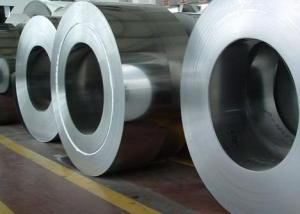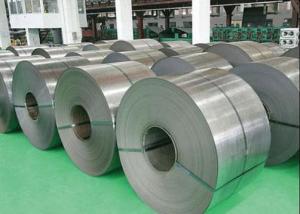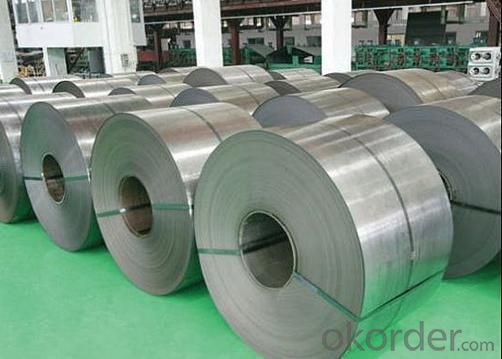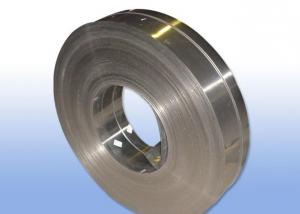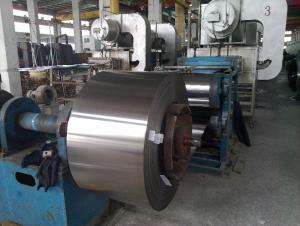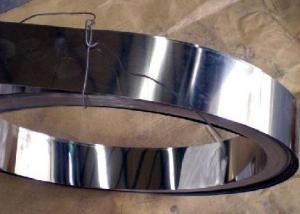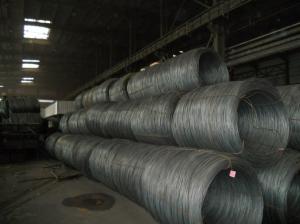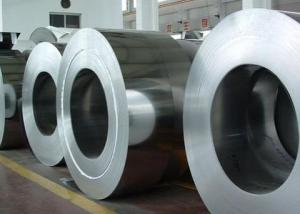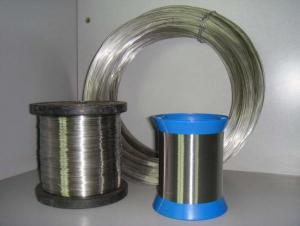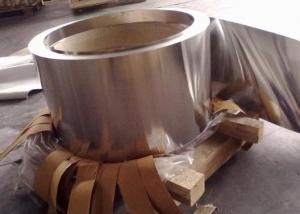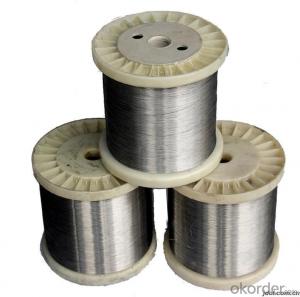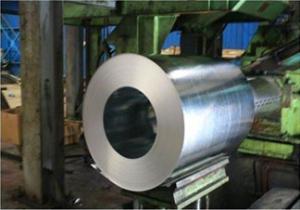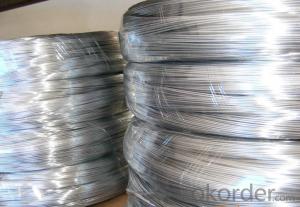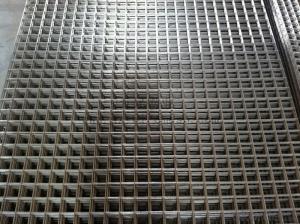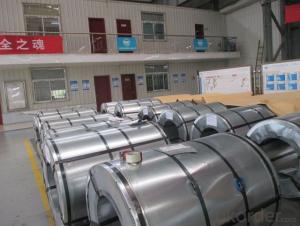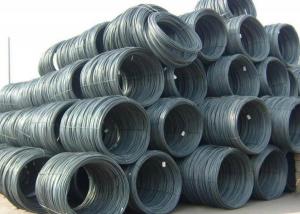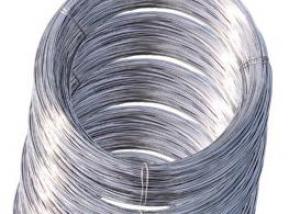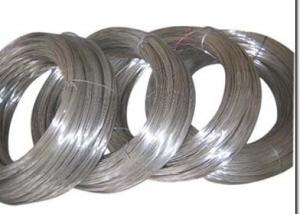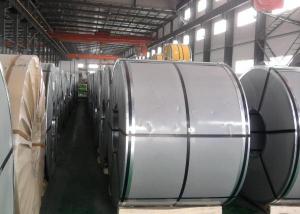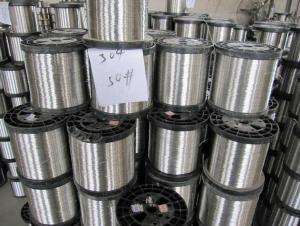Stainless Steel Coil
- Loading Port:
- China Main Port
- Payment Terms:
- TT or L/C
- Min Order Qty:
- 1 MT m.t.
- Supply Capability:
- 3500MT Per Month m.t./month
OKorder Service Pledge
Quality Product, Order Online Tracking, Timely Delivery
OKorder Financial Service
Credit Rating, Credit Services, Credit Purchasing
You Might Also Like
- Q: How does stainless steel wire perform in electrical conductivity?
- Compared to other metals, stainless steel wire possesses a relatively low electrical conductivity, making it less efficient in conducting electricity than copper or aluminum. This is due to its higher resistivity, resulting from the inclusion of chromium and nickel to enhance corrosion resistance. These elements elevate the electrical resistance of stainless steel, thereby decreasing its conductivity. Nonetheless, stainless steel wire finds utility in specific applications where electrical conductivity is not of utmost importance, such as in structural components, owing to its durability and corrosion resistance.
- Q: What's the difference between a stainless steel cup and a nonmagnetic one?
- It's just health care. That is to say, there is a magnet is called "magnetic water", "no magnet" is ordinary water, as for the final analysis whether there is no health care, there is no authoritative argument.
- Q: What are the common uses of stainless steel wire in the petrochemical industry?
- Stainless steel wire is commonly used in the petrochemical industry for various applications such as reinforcing concrete structures, manufacturing filtration systems, constructing heat exchangers, fabricating storage tanks, and creating corrosion-resistant pipelines.
- Q: What is stainless steel wire made of?
- Stainless steel wire is primarily made of iron, carbon, and chromium, with additional elements such as nickel and manganese added for enhanced corrosion resistance and strength.
- Q: What are the common uses of stainless steel wire in the pharmaceutical industry?
- Due to its unique characteristics, stainless steel wire finds widespread use in the pharmaceutical industry. It is well-suited for various applications, including the following: 1. Medical instruments: Surgical instruments, needles, and catheters are manufactured using stainless steel wire. Its high strength and resistance to corrosion make it an ideal material for these critical applications. 2. Filtration systems: Stainless steel wire mesh is extensively employed in pharmaceutical filtration systems. It creates screens and filters that effectively remove impurities and contaminants from liquids and gases. The durability and chemical resistance of stainless steel ensure efficient and long-lasting filtration processes. 3. Packaging materials: Stainless steel wire is utilized in the production of packaging materials for pharmaceutical products. It is commonly used to create wire ties or closures for bottles, vials, and containers. The strength and flexibility of stainless steel wire guarantee secure and tamper-proof packaging. 4. Cleanroom applications: Stainless steel wire is essential in cleanrooms and controlled environments for constructing partitions, shelves, and racks. These structures are crucial for organizing and storing pharmaceutical products and equipment. Stainless steel's resistance to corrosion and ability to withstand high temperatures make it a reliable choice for cleanroom applications. 5. Conveyor belts: In pharmaceutical manufacturing processes, stainless steel wire mesh belts are especially employed in applications where hygienic conditions are of utmost importance. These belts facilitate smooth and efficient movement of pharmaceutical products throughout the production line. In conclusion, stainless steel wire is widely used in the pharmaceutical industry for various purposes, including medical instruments, filtration systems, packaging materials, cleanroom applications, and conveyor belts. Its strength, resistance to corrosion, and hygienic properties make stainless steel wire a versatile and dependable material for numerous pharmaceutical processes.
- Q: Does stainless steel wire have any magnetic properties?
- Yes, stainless steel wire does have magnetic properties. However, the amount of magnetism it exhibits depends on its composition and grade. Some stainless steel alloys are non-magnetic, while others may be slightly magnetic.
- Q: Can stainless steel wire be used for wire rope tensioners?
- Yes, stainless steel wire can be used for wire rope tensioners. Stainless steel is known for its high strength and corrosion resistance, making it suitable for various applications, including tensioning wire ropes.
- Q: What are the different wire temper options available for stainless steel wire?
- The different wire temper options available for stainless steel wire are soft temper, quarter hard, half hard, three-quarter hard, and full hard.
- Q: What are the common uses of stainless steel wire in the aerospace industry?
- Stainless steel wire is commonly used in the aerospace industry for a variety of applications. It is primarily used for structural purposes, such as reinforcing aircraft frames, manufacturing support structures, and forming cables for suspension systems. Additionally, stainless steel wire is used in the fabrication of engine components, electrical wiring, and fuel line systems due to its high strength, corrosion resistance, and excellent heat resistance properties.
- Q: Why are the 304 stainless steel wires magnetic? And the thinner the wire, the greater the magnetism
- However, due to segregation or improper heat treatment during smelting, there will be a small amount of martensite or ferrite in Austenitic 304 stainless steel. In this way, 304 stainless steel will have a weak magnetic.
It is a comprehensive enterprise which specialized in melting of stainless steel, manufacturing of seamless steel pipes/tubes and stainless steel wire rod and sale.
Our products mainly contain stainless steel ingot, round steel, tube blank, parcel, finished pipes, wire rod, etc, which are of series 200 and series 300. We have most advanced equipment including 12-Ton intermediate frequency furnace, 15-Ton AOD Vessel, SPECTROMAX desk-top automatic spectrograph and ITON XLTXRF hand held type spectrogragh.
1. Manufacturer Overview
| Location | Zhejiang, China |
| Year Established | 2005 |
| Annual Output Value | Above US$1.6 million |
| Main Markets | Europe, North America. |
| Company Certifications |
2. Manufacturer Certificates
| a) Certification Name | |
| Range | |
| Reference | |
| Validity Period |
3. Manufacturer Capability
| a) Trade Capacity | |
| Nearest Port | Shanghai |
| Export Percentage | 40% |
| No.of Employees in Trade Department | Above 30 people |
| Language Spoken: | English, Chinese |
| b) Factory Information | |
| Factory Size: | Above 5000 square meter |
| No. of Production Lines | Above 6 |
| Contract Manufacturing | OEM Service Offered |
| Product Price Range | Average |
Send your message to us
Stainless Steel Coil
- Loading Port:
- China Main Port
- Payment Terms:
- TT or L/C
- Min Order Qty:
- 1 MT m.t.
- Supply Capability:
- 3500MT Per Month m.t./month
OKorder Service Pledge
Quality Product, Order Online Tracking, Timely Delivery
OKorder Financial Service
Credit Rating, Credit Services, Credit Purchasing
Similar products
Hot products
Hot Searches
Related keywords

